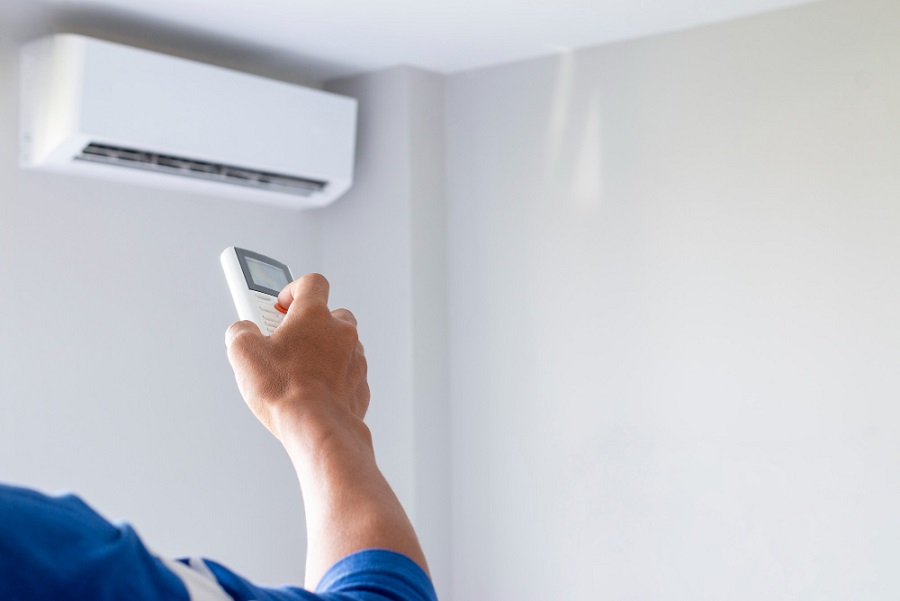Air conditioning is a popular and efficient cooling system that can provide relief during hot and humid weather. If you are considering air conditioning installation in your home, here are some benefits to consider.
- Improved Comfort: Air conditioning can provide consistent and comfortable temperatures throughout your home, even during hot and humid weather. With air conditioning, you can stay cool and comfortable no matter how hot it gets outside.
- Enhanced Indoor Air Quality: Air conditioning systems can improve indoor air quality by filtering out pollutants, allergens, and other particles. This can help reduce the risk of respiratory problems, allergies, and other health issues.
- Energy Efficiency: Modern air conditioning systems are designed to be energy-efficient, reducing your energy bills and carbon footprint. By installing an energy-efficient air conditioning system, you can save money on your energy bills while reducing your impact on the environment.
- Increased Home Value: Air conditioning installation can increase the value of your home. Homebuyers often look for homes with air conditioning, making it a desirable feature that can make your home more attractive to potential buyers.
- Reduced Noise Pollution: Air conditioning systems are designed to operate quietly, reducing noise pollution inside and outside your home.
Factors to Consider when Choosing Air Conditioning Installation for Your Home
If you are considering air conditioning and installation, here are some steps to guide you through the process:
- Determine Your Cooling Needs: Before installing an air conditioning system, you need to determine your cooling needs. A professional installer can assess your home’s size and layout to determine the appropriate size and type of air conditioning system for your home.
- Choose the Right System: Once you have determined your cooling needs, you can choose the right air conditioning system for your home. There are various types of air conditioning systems available, such as split systems, ducted systems, and portable systems, so it’s essential to choose a system that meets your cooling requirements and budget.
- Plan the Installation: The next step is to plan the air conditioning installation. The installation plan should be designed to ensure that the air conditioning system is installed correctly and provides optimal performance. A professional installer can help you plan the installation and determine the best location for the air conditioning unit.
- Install the Air Conditioning Unit: Once the installation plan is in place, the installer will begin installing the air conditioning unit. The unit should be installed in a location that allows for easy maintenance and access.
- Connect the Air Conditioning System: After the air conditioning unit is installed, the installer will connect the system to your home’s electrical system and ductwork. The system should be connected securely to ensure that there are no leaks or electrical problems.
- Test the System: The final step is to test the air conditioning system to ensure that it is operating correctly and providing optimal cooling. The installer will test the system and make any necessary adjustments to ensure that it is working correctly.
Conclusion
In conclusion, air conditioning installation can provide many benefits for your home, including improved comfort, indoor air quality, energy efficiency, and home value. By following these steps and working with a professional installer, you can ensure that your air conditioning system is installed correctly and provides years of reliable cooling.





